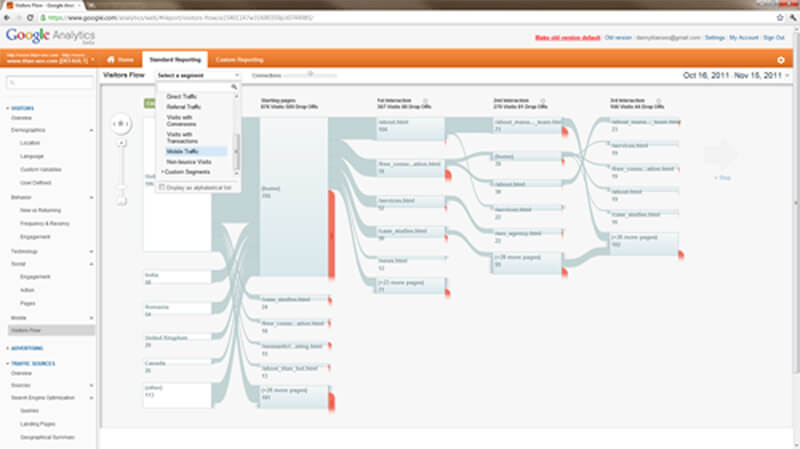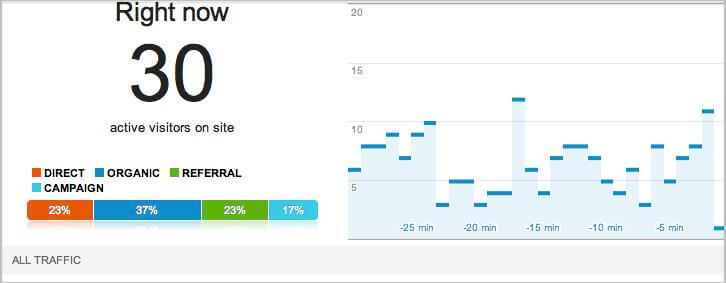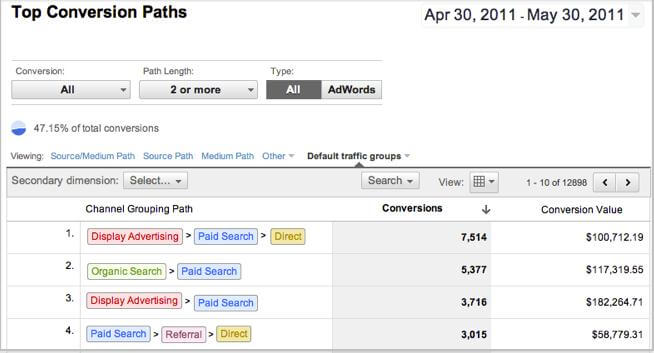Social networking giants Facebook and Twitter are both currently experiencing substantial growth rates, based on data from June 2010, although the story behind the numbers spells out very different potential futures for the two social supersites. Facebook, on one hand, is seeing remarkable international growth and is fast becoming the leader in accessing third-party sites. On the contrary, Twitter’s domestic growth in June was almost unparalleled and is making a name for itself with Twitter Search, especially for news and information.
Facebook’s June growth took a major hit in the domestic market: in May, the social networking site recorded 7.8 million new users, while in June it recorded a mere 320,800 new users. The drop was primarily due to lack of growth in the 45-54 age group, the group most likely to be affected by the well-publicized Facebook Privacy Policy controversy. Facebook’s bread and butter group, the 18-44 year-olds, remained constant, although record growth in June came not from the U.S. market, but rather from Indonesia and India. Indonesia, the third-largest Facebooking country, recorded 1.2 million new users in June, while India recorded almost 990,000 the same month.
Facebook is also providing the most logins to third-party sites, predominantly in the entertainment field, but in other industries as well. What this data tells us is people trust the opinions and experiences of their online “friends” and are likely to visit many of the sites that pop up in their newsfeed. In this way, developing and promoting a Facebook page for your business is an easy and relatively cheap way to bring additional visitors and potential business to your site, as well as providing a good forum for distributing sales, promotions, and updates.
Twitter’s record growth this past month is also inspirational: Twitter saw 800 million search queries per day during June. That’s right, search queries, not tweets. According to co-founder Biz Stone, that is up 33% since April, ensuring those in the search industry take notice.
What accounts for this sharp increase in search activity? Possibly the early-May development of embedded tweets, where websites can post tweets on their site quickly and easily, as well as an in-house analytics suite and partnerships with companies such as TomTom and Foursquare to provide localized search.
It is also not surprising Twitter Search is becoming the number one site for searches about news and information; their slogan “See what’s happening — right now” pretty much says it all. Searchers know Twitter will provide them the latest updates in real-time…that is, if they can weed through the massive amounts of tweets.
What can we take away from these numbers? We recognize people are flocking to Facebook and Twitter around the world in record numbers, and using these sites to access everything from current events to local businesses, travel sites, and charitable organizations. According to Jake Coronado at Titan Growth®, “The social networking sites are where people are, so naturally, that’s where businesses need to be also.”
To decide which of these, or any other online social media tools is appropriate for your business, we recommend consulting an online marketing agency that can present the pros and cons these platforms offer for your industry. With the marketing industry rapidly changing before our eyes, businesses need to stay flexible to ensure they are getting in front of their potential client base, and lucky for you, that client base can now spread the word about your business with just the click of a mouse.
Contributed by Amanda Finch, VP Operations






